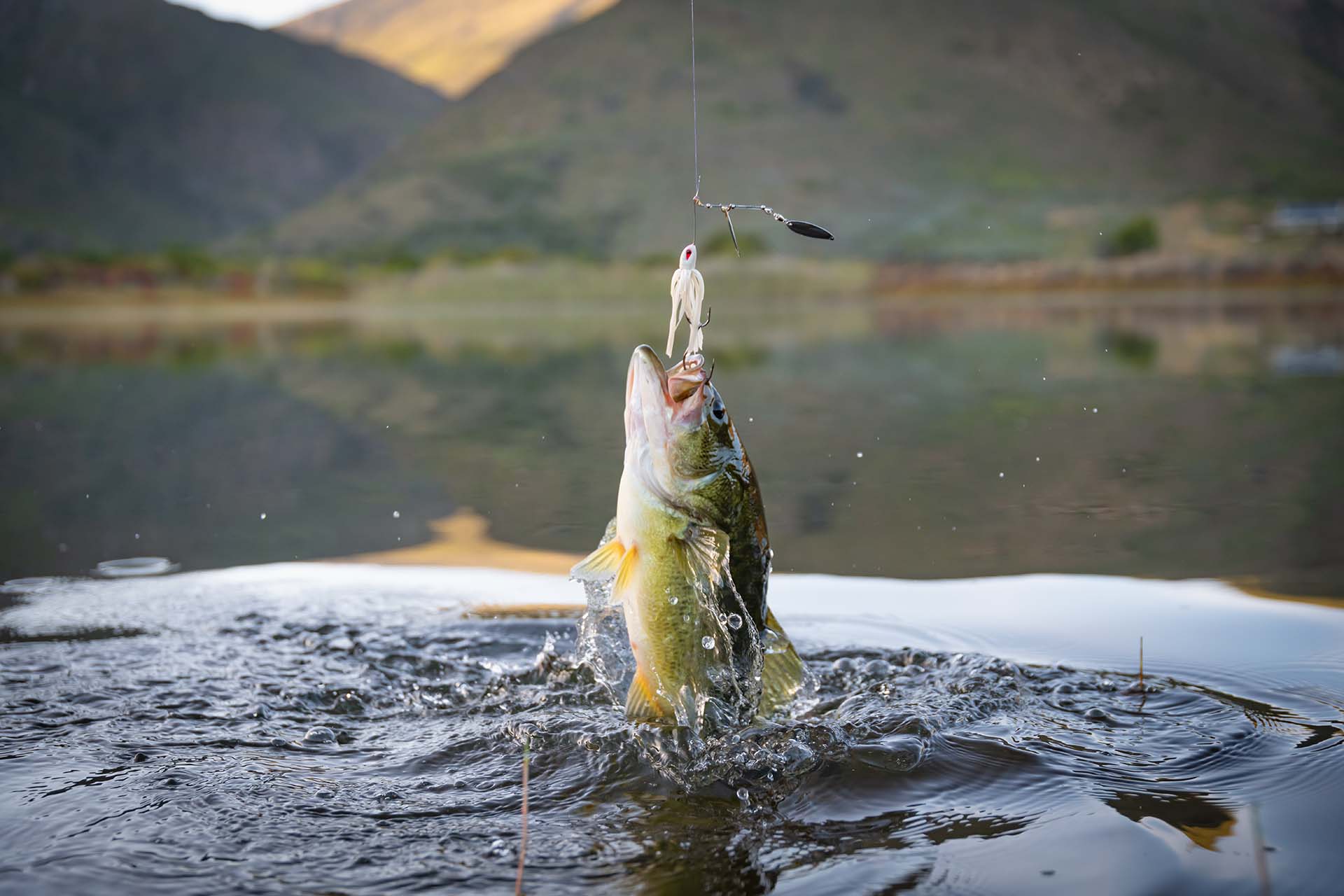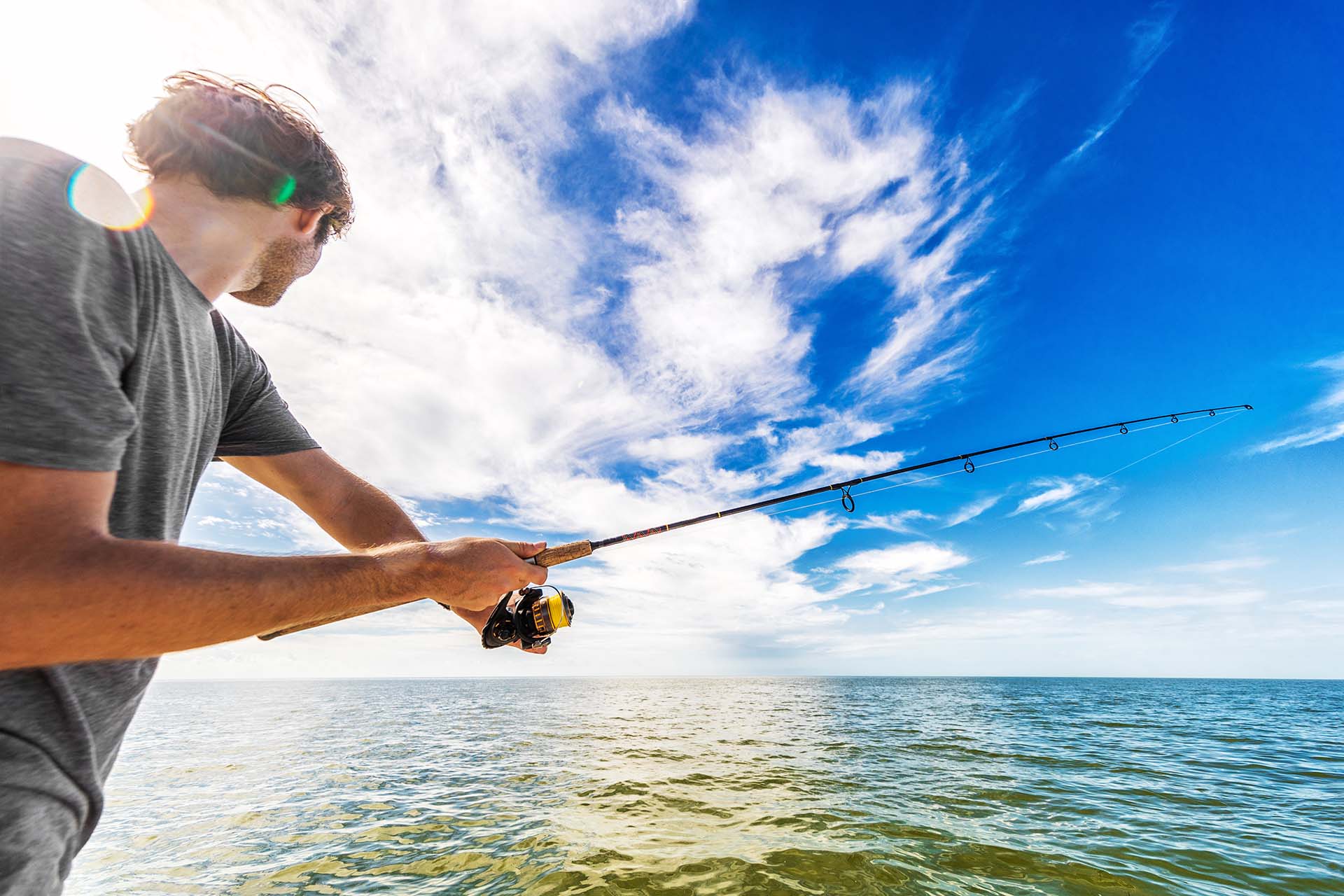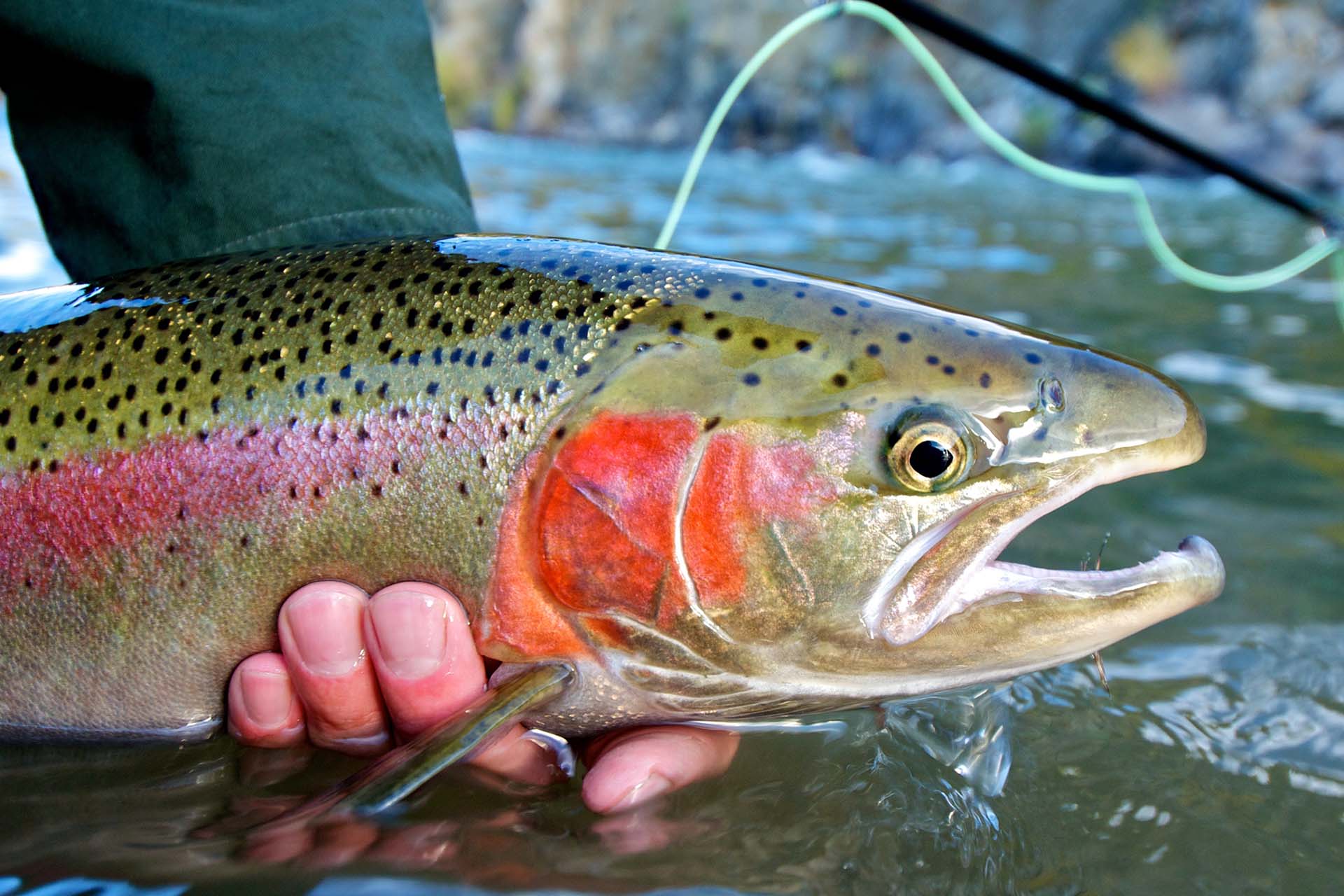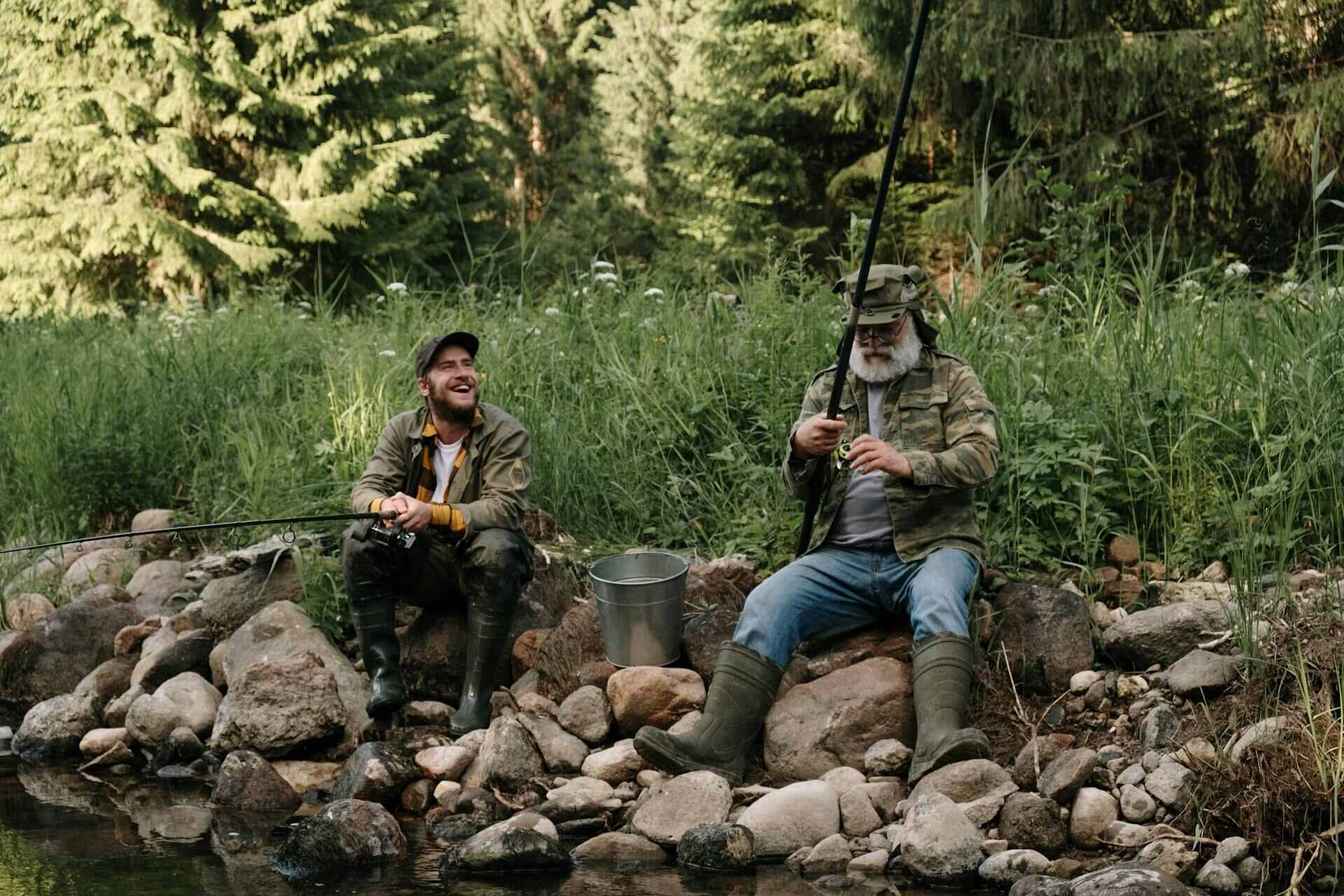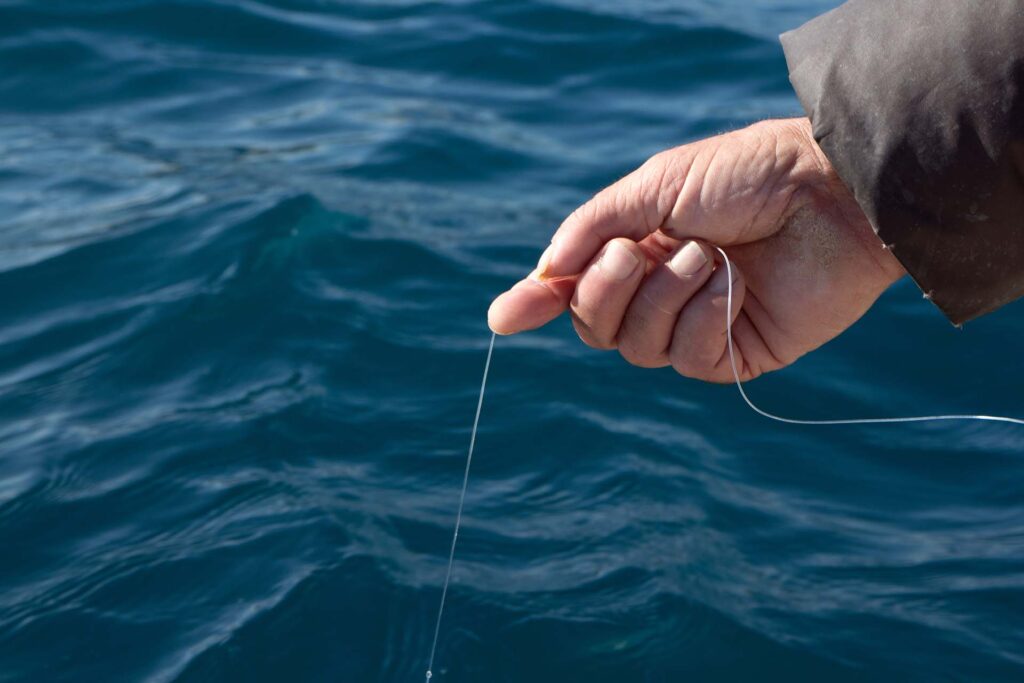Are you itching to land yourself a mighty mudcat but wondering – when is the best time to fish for catfish? Well, you’re in luck because it’s right around the corner! Whether you prefer rivers, lakes, or creeks, being in the right place at the right time is crucial. After all, these aquatic creatures live to hide from our bait and hooks. So, here’s a comprehensive guide on catfishing to help anglers have everything they need to find their dream catches.
Catfish are less active in the colder months, while they start to feed more frequently as it warms up. That’s why spring and summer are the prime catfishing seasons – spring marks the start of their spawning period, while summer is their time for a feeding frenzy. But these are largely nocturnal fish, meaning they are more active and feed more frequently during low-light conditions, so it’s worth considering targeting these majestic beasts during nighttime hours.
What Is Catfish? Where Can You Find It?
No matter if you’re a seasoned angler or a beginner fisherman, catfishing is something that’s definitely worth exploring. That’s because this diverse group of fish is one of the most common species to catch, as many different types are found in freshwater environments around the world. Here’s a brief overview of the most popular types of this fish:
| Type | Size Range | Native Region |
|---|---|---|
| Blue Catfish | Up to 5 feet | Mississippi River Basin |
| Flathead Catfish | Up to 4 feet | Eastern and Central US |
| Channel Catfish | Up to 40 inches | North America |
| Wels Catfish | Up to 9 feet | Europe and Asia |
| Mekong Giant Catfish | Up to 10 feet | Southeast Asia |
| Redtail Catfish | Up to 4 feet | South America |
| Tiger Shovelnose Catfish | Up to 3 feet | South America |
This Species Is a Popular For its Culinary Appeal
As you can clearly gather from the list above, different types of this species vary greatly in size, ranging from a few inches to several feet in length. With such a wide range of species, catfish offer anglers plenty of options when it comes to fishing techniques and gear, from the fishing rod they’re handling all the way to the type of fish hook.
Most of them are bottom-dwellers, using their sensitive barbels to locate prey in murky waters. As opportunistic feeders, they like to eat anything from insects and crustaceans to small fish and even dead animals – definitely keep that in mind when you’re preparing homemade fish bait. So, this species plays an important role in many ecosystems as both predator and prey – but they’re best known for their culinary appeal, of course.
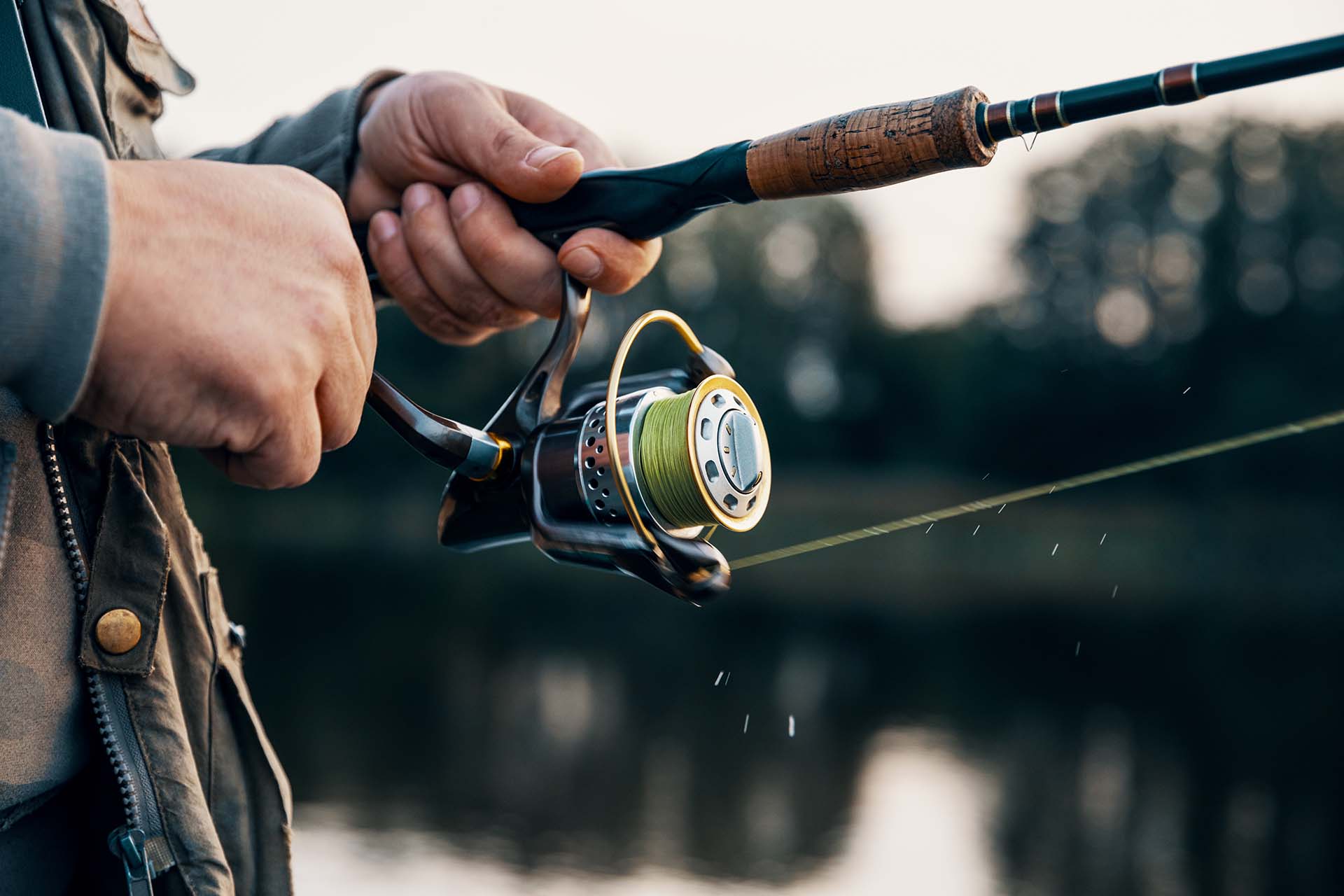
What Are Catfish Behavior and Seasonal Patterns?
While the various types of catfish differ in size, color, and appearance, they share some common habits, such as their bottom-dwelling behavior, as well as their preferred habitat – freshwater environments such as rivers, lakes, and ponds.
As with any other species of fish, common saltwater or freshwater, the temperature of their habitat plays a crucial role in their behavior and activity. In general, these mudcats tend to be less active and feed less frequently in colder water temperatures as their metabolism slows down. As it warms up, they become more active and feed more frequently. So, let’s take a closer look at the seasonal patterns of catfish:
Spring - Spawning Season and Increased Activity
Spring is an exciting time for catfishing enthusiasts as it marks the start of their spawning season. During this time, they become more active and move to shallow waters to build nests and lay eggs, and male specimens guard them until they hatch. This increased activity makes spring an excellent time for catfishing, and anglers can use a variety of fishing styles and many different fish baits, including worms, minnows, and cut bait.
However, it’s worth noting that in some areas, fishing during the spawning season may be limited to protect their populations, so it’s important to check the local regulations and follow guidelines to enjoy this adventure while respecting the health of the species.
Summer - Feeding Frenzy and Prime Catfishing
With warm water temperatures leading to an increase in feeding activity, summer is often considered the prime catfishing season. During the day, these fish can often be found in deeper waters to escape the heat, but they may move to shallower waters early in the morning or at dusk to feed.
Depending on the time of day and location, some anglers may find casting their fishing rod from the shore to be the most effective, while others may prefer using a boat to access deeper water. Just keep in mind that summer temperatures can also lead to decreased oxygen levels in the water, which can make it more difficult to land a catch. However, if you pay close attention to seasonal changes and prepare accordingly, summer is a great time to enjoy some prime catfishing.
Fall - Cooler Temperatures and Pre-winter Feeding
As temperatures begin to cool during the fall months, cats start to move to shallower waters to feed and prepare for the winter months. However, depending on the location, they can remain active and feed well into the fall months, making it an enjoyable time for some catfishing.
Sometimes the water temperatures can drop rapidly during the fall months, which can slow down their activity. But this can be used to your advantage by fishing slower and using more attractive baits to sluggish fish. That way, this pre-winter feeding frenzy can actually make for some great catfishing opportunities, and with the right techniques and preparation, anglers can take advantage of this season to land some impressive catches.
Winter - Slowed Activity and the Hunt for Warmer Waters
During winter months, catfish tend to migrate to deeper waters, where the conditions are warmer and more stable. While these fish can still be caught during this season, anglers may need to switch up their techniques and be more patient.
One effective way of catfishing during winter is to use live bait, as these fish become less responsive to lures at this time. As water temperatures drop even further, they may remain inactive, and it can become increasingly difficult to catch them, even if you’re an experienced angler. So, many prefer to take a break from this activity during the winter months and wait for the exciting spring thaw.
What Is the Best Time of Day to Fish for Catfish?
Now that you know that spring and summer are the prime catfishing seasons, it’s important to also figure out what is the best time of day for this activity. Many anglers agree that it’s best to fish for these majestic beasts during low-light conditions, which include the early morning hours, just before dawn, or late evening hours, just before dusk.
Why Nighttime Fishing Is Preferred?
Fishing at night is often preferred by catfishing enthusiasts for a variety of reasons. First things first, these species are largely nocturnal fish, meaning they are more active and feed more frequently during the nighttime hours. In addition to increased activity, they may also feel safer in the darkness, while they might be more cautious and wary of predators during the day.
Of course, nighttime fishing does require more preparation and care than daytime angling. You’ll need to use fishing lights or other sources of illumination to see your lines and bait. However, with the right technique and preparation, it can turn out to be a more peaceful and enjoyable experience for anglers. With the stars and moon above you and the sounds of nature around you, fishing at night can provide a serene and tranquil escape from the hustle and bustle of everyday life.
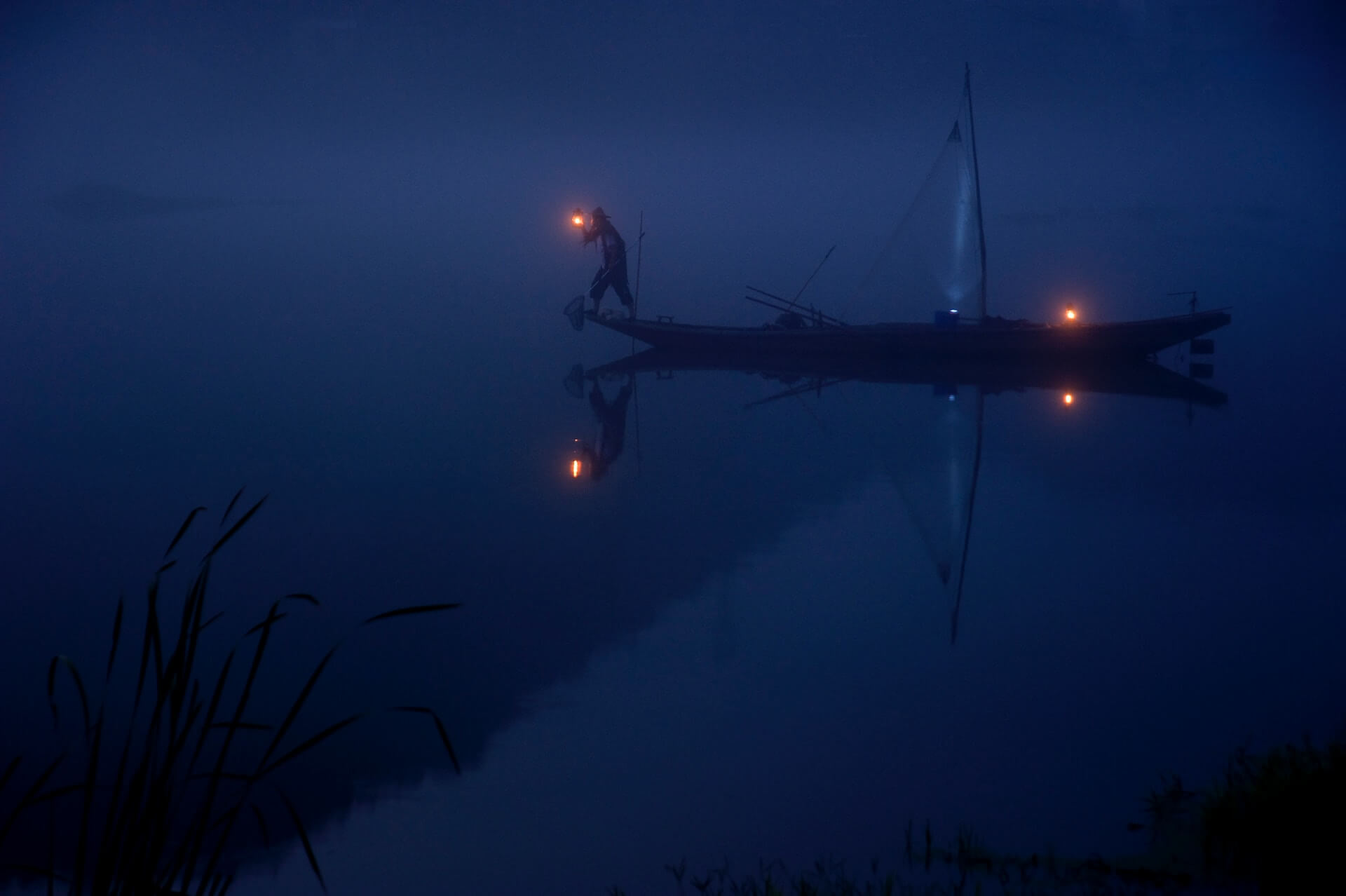
How Do Weather Conditions Impact Catfish Activity?
Catfish are one of nature’s most adaptable animals, but they still have to deal with changing weather conditions and barometric pressure. This fish becomes lethargic or inactive when the barometric pressure drops, while they are more active in their search for food once the pressure rises. Both scenarios offer an opportunity for anglers looking for a bite – but it pays to keep an eye on the barometer.
Wind and Currents Also Play an Important Role
In general, warmer weather helps trigger the activity of this species, as does a drop in barometric pressure and a rise in humidity. In rivers and streams, wind can push schools of cats to cover greater distances, including upriver to spawn or further downstream for the hunt, depending on the season.
Also, in large bodies of water like ponds, lakes, and reservoirs, these mudcats will use underwater currents to search for food and new areas to explore. So, if you’re hunting cats in any habitat, be sure to pay attention to the wind and currents. Moreover, there’s one more factor to take into account, and you might find it surprising – I’m talking about moon phases, so let’s take a look at how they affect catfishing.
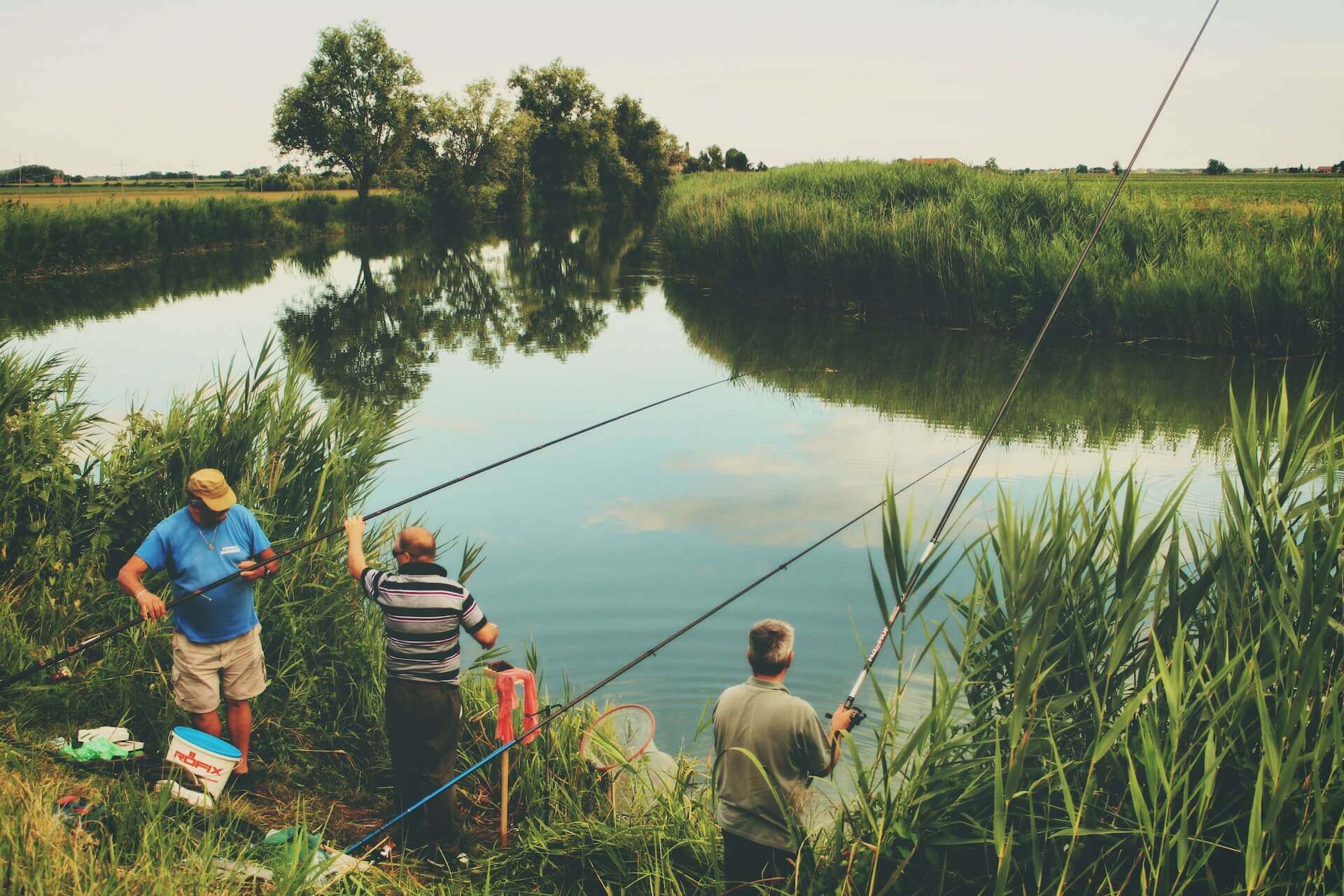
How Do the Moon Phases Affect Catfishing?
You might find it surprising, but the moon’s phases heavily influence this species’ feeding patterns. That’s why being aware of the lunar cycle can be a powerful tool for anglers looking to increase their odds of success when attempting to catch mudcats.
Here’s a list of moon phases and how they affect catfishing opportunities:
- New Moon – their activity is typically lower, and they may not be as willing to bite,
- Waxing Crescent – as the moon grows brighter, fish become more active and begin to hunt in different parts of their environment,
- First Quarter – angling during this moon phase can be unpredictable as fish like to travel more, but it is a great opportunity to explore new waters,
- Waxing Gibbous – fishing during this phase of the moon often yields big catches, as mudcats are highly active while searching for food,
- Full Moon – probably the best moon phase when it comes to catfishing, as these fish tend to be most active because there is plenty of light for feeding and navigating,
- Waning Gibbous – activity decreases slightly, but anglers can still enjoy good catches if they target specific structures or spots that provide cover,
- Last Quarter – they remain slow throughout the waning phases of the moon, although savvy anglers can still land some catches,
Waning Crescent – this phase generally sees low activity due to decreasing amount of light for fishing at night.

Tips and Techniques for Successful Catfishing
No matter if you’re interested in heavy trawling or delicate techniques such as fly fishing, being prepared is the key to a successful fishing trip. That means having the right gear by your side, from the fishing rod and the adjacent fishing reel all the way to the right type of fish hook, but also knowing the habits and preferences of your target so that you can adjust your technique according to different conditions.
Choosing the Right Bait for Different Times and Conditions
When choosing the right bait to tie to the hook, anglers need to consider several factors, such as water temperature, depth, and current. For example, in colder waters or during a change of tide, small baits with bright colors tend to be more successful. As the optimal bait depends on various factors, it’s best to pack an assortment of fresh and frozen bait to ensure that you get the best results no matter the conditions.
Effective Catfish Rigs and Tackle
Experimenting with not only different baits but also rigs and tackle can help you identify what works best for your local water conditions. When setting up a rig, it’s important to use a strong line, crimped weights, and appropriately sized hooks. Additionally, many anglers have had success with double and triple rigs to increase their chances of catching multiple mudcats at once.

When Is the Best Time to Fish for Catfish – Knowing This Will Make Fishing Easier
There you have it – now is the best time to angle for some mudcats, and it’s only going to get better during the summer! Whether it’s a trophy-sized catch or just a fresh one right in time for dinner, this species is abundant and delicious this time of year. So, it’s time to grab your rod and tackle to explore different locations and times to get the right feel for catfishing. Have fun, and remember – every cast counts.

